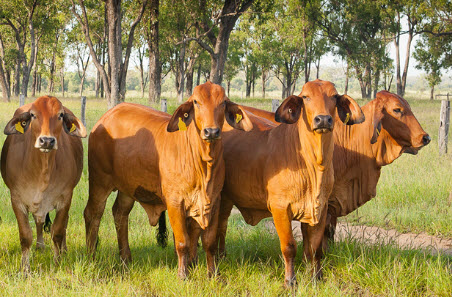
Bull sales are gearing up across northern Australia and, in the face of seasonal challenges and market demands, the integrity of high-performing sires has never been of greater importance for profitable beef businesses.
Here are three steps producers can take to optimise their sire purchases and ensure the bulls they invest in are fit for the job.
1. Know your herd and set clear breeding objectives
Before you even open the catalogue for this year's bull sales, take a step back and consider your own herd and your breeding objectives for the future.
Analysing your environment (including factors such as feed availability and climate), target markets and profit drivers provides a baseline of your herd's existing attributes – you can then use this information to identify what genetic traits to add to improve overall productivity and profitability.
Breeding objectives should correspond to individual business requirements, such as resilience to specific environment, fertility for increased production and market compliance.
Use this information to match the bulls on offer against the traits you need to accelerate genetic gains in your business.
2. Make sure health checks have been conducted
Along with your own objectives, and a physical assessment on the day, a sound sire investment includes accredited veterinary checks. The Bull Breed Soundness Evaluation (VBBSE) is an indicator of a bull's fertility, with extensive tests on mating ability, sperm morphology, as well as any physical deformities that may affect breeding capacity or offspring health.
3. Research breeding values and indexes
While a bull's ability to reproduce is, of course, crucial, the genetic gain of their offspring is also vital to the productivity and profitability of northern beef herds.
Here's where Estimated Breeding Values (EBV) come in, as an important tool to predict the traits that will be passed to progeny.
EBVs are determined through an analysis of various trait data collected from the cattle in the bull breeder's herd. These include weight, temperament and fertility rates. They are also informed by the performance of relatives of that bull and, for some breeds of cattle, genomic information contributes to EBVs.
As an additional guide, selection indexes provide an overall score of the profitability and quality of a bull based on its EBVs in relation to its profitability within a given production system. By researching a bull's selection index, you will be able to gain a broader understanding of its genetic traits and whether they align with your breeding objectives.






